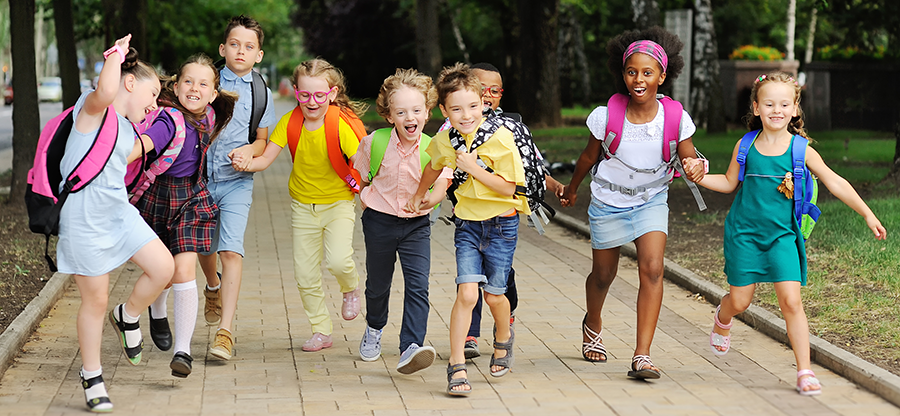"The whole purpose of education is to turn mirrors into windows." - Sydney J. Harris

Not ready for college, browse these Nevada student resources. Be prepared for back to school and make this the best one yet.
Nevada 211 (School Supplies and other Resources)
Nevada Ready 21 ( 21st Century Skills Initiative)
Head Start and Early Head Start programs promote school readiness for economically disadvantaged children by enhancing their social and cognitive development through the provision of educational, health, nutritional, social and other services. Head Start programs serve children ages 3-5 and their families. Head Start Program Locator
Back to School Supplies List for All Grades | 2022-23 Shopping Checklist (getschoolsupplieslist.com) – Provides a general list for the supplies kids might need in every grade.
Communities In Schools of Nevada
CIS of Nevada is one of the largest state operations within the nation’s leading dropout prevention organization, proven to keep students in school and on the path to graduation. CIS of Nevada uses an evidence-based model, implemented by trained site coordinators, to connect students and their families to critical educational and community-based resources. This involves working directly with schools, communities and families to identify their unique needs and surround students with a caring network of support.
(CIS School sites located in Clark, Washoe, Elko and Humboldt Counties)
Nevada Educational Advocacy Center for Children and Youth
Mission: To create a culture of advocacy and improve the education of children and youth with disabilities through awareness, support and training.
Mission: To increase the opportunities for home, community and school success for children with disabilities, including those who are at risk or who have serious emotional disturbances, their families and their service providers, through education, encouragement and empowerment activities.
An inclusive, two-year, non-degree certificate program offering a college experience to students with intellectual disabilities.
A collaborative effort of UNR's Nevada Center for Excellence in Disabilities (NCED), the University of Nevada Reno Extended Studies Department, (UNR EXS), Sierra Regional Center (SRC), the Bureau of Vocational Rehabilitation (BVR), Lyon County School District and Washoe County School District.
Each student and their invited guests participate in Person Centered Planning (PCP) each semester. The results of the plan determines the level and direction of academic involvement. The STAR (Students Transitioning to Adult Roles) planning process is used, which includes the areas of Academic Enrichment, Independent Living, Self-Determination, Campus & Community Engagement, and Career Development & Employment.
Cochran Education
FAQ - Educational Quick Facts About Youth in Foster Care
Summer 2021 Prep courses – for incoming 7th, 8th and 9th graders.
WCSD 2021-2022 Calendar
Children travel to school in many different ways – by bus, car, on bicycle, scooter, or by foot. Teaching kids about traffic safety is a priority for the Nevada Department of Transportation.
We like to say that safety is a two-way street: it’s the job of responsible pedestrians and attentive motorists to safely navigate through our daily commutes.
Nevada's Just in Time Training is a web based service program designed to connect foster parents, kinship or other caregivers with training, peer experts and other resources. Questions are answered and practical solutions to care for children are discussed - all from the comfort of your home or office.
If you have difficulty accessing any material on this site, please contact us in writing and we will work with you to make the information available. You can direct your request to JITSupport@USF.edu.